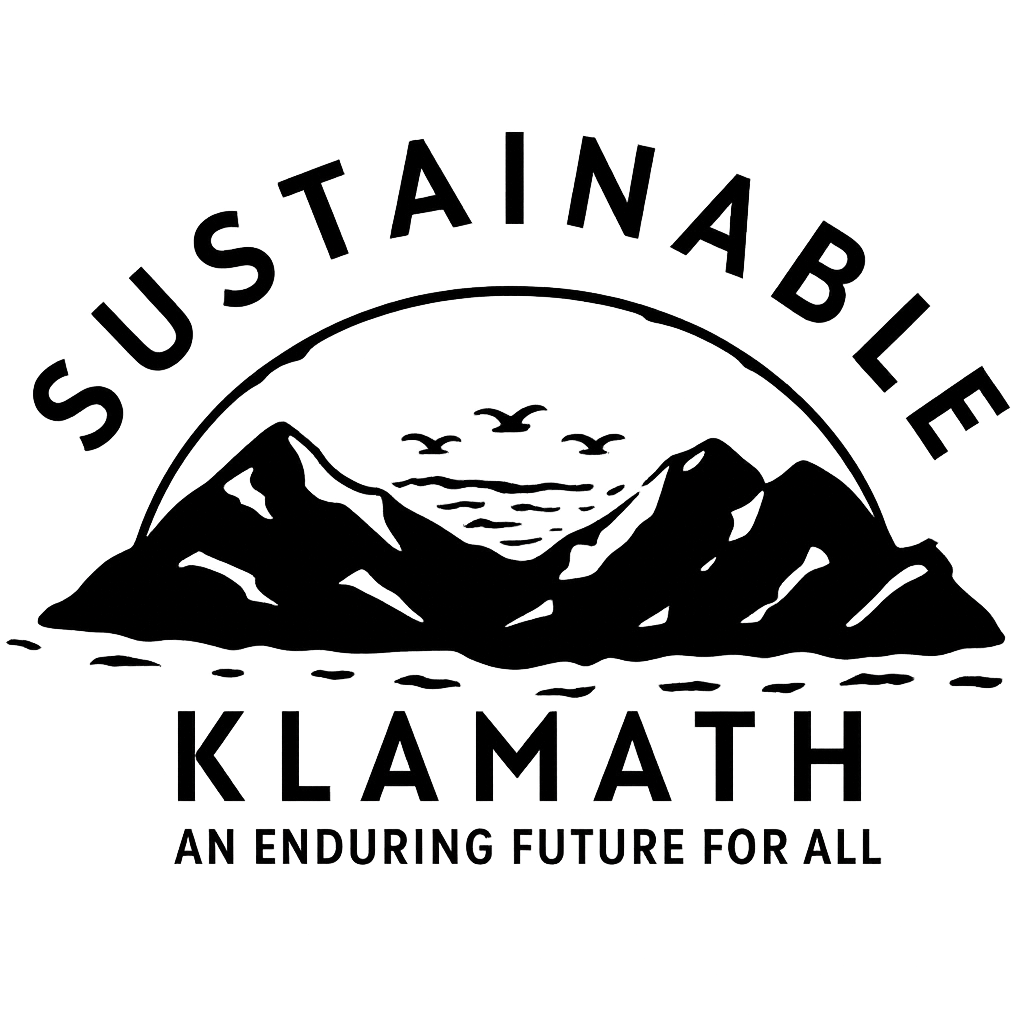by Alissa Oliverson (SWAC Chair), October 2021
Trash Talk Series from Sustainable Klamath, Solid Waste Action Committee (SWAC)
The amount of waste that Halloween can generate is mind-bending: from single-use costumes to plastic candy wrappers, to mass-produced decorations. But instead of focusing on the waste, we can focus on ways to reduce it.
It is estimated that this year, consumer spending on Halloween-related items will reach an all-time high of $10 billion, and about $3 billion of that will be spent exclusively on candy. The average household is predicted to spend about $102 on holiday gear and treats, but you can double or triple that number depending on the number of children in your household. Celebrating Halloween can be a real pain in the pocketbook, but it can be an even bigger pain for the planet.
Some of the biggest candy manufacturers in the world including Nestlé, Cadbury, Hershey’s, and Mars have a huge impact on the environment. They contribute in substantial ways to deforestation and species extinction due to their demand for sugar, palm oil, and cocoa beans. They have also been found to source their cocoa from countries that use child labor or slave labor to harvest cocoa beans. In addition to all that, a huge amount of energy and resources go into making candy. And let’s not forget all the non-recyclable wrapping it’s all packaged in – the wrappers we tend to find in our streets and waterways that remind us of the delirium we enjoyed the night before, and quite often find us regretting that “just one more” piece of candy on a sugar-strung-out morning after.
But don’t worry just yet. No one is trying to ruin Halloween for you with dismal yet all-too-true facts about human rights violations, pollution, and environmental degradation. Instead, we’re here to look at a few ways we can reduce our Halloween carbon footprint and help make this holiday more sustainable, so we can all enjoy it long into the future.
Avoiding flimsy, fast-fashion costumes saves you money and preserves the environment. The millions of single-use, mass-produced costumes made every year contribute the largest part of Halloween’s carbon footprint. They are most often made of unsustainable materials, like polyester and conventional cotton, and they are frequently produced in countries that have poor labor standards. Instead of buying a single-use costume, shop at thrift stores or collaborate with friends to reuse costumes from previous years. Get creative and make something new from something reused.
When it comes to treats, you’re going to spend money anyway, right? So why not cut out the middleman? Save kids some of the 9,000 average sugar-based calories in their candy bag and hand out nickels and pennies instead. That change you’ve been collecting all year might seem inconsequential to you, but it can serve as quite a treat for the little ones who are still fascinated by learning how to count and save their own money. If you do decide to hand out candy, look for sustainable, fair trade, ethically sourced brands, like Yummy Earth, Alter Eco, and Unreal Candy. Here’s a fun fact: plant-based foods (including candies) produce less of an environmental impact than conventional foods. So, you might also consider looking for plant-based treats. Conveniently, many ethical brands are also plant-based.
Say no to plastic pumpkin buckets for trick-or-treating. Reusable shopping bags, pillowcases, backpacks, and other totes you already have in your home work just as well.
Make your own decorations and use them year after year. Old milk jugs make great ghostly faces when decorated with a sharpie and illuminated by reusable light strings. Old, ripped pantyhose can serve as spider webs. Cardboard can be cut and painted into tombstones and almost any other shape or theme you desire. Natural decorations like corn husks, pumpkins, twigs, leaves, pinecones, etc. can enhance your fall décor and they can be composted when the season is over.
Eat or smash your pumpkin after Halloween. As food, pumpkins are nutritious, and as compost they help to sequester carbon from the atmosphere and improve soil quality. Remember, however, if you choose to paint your pumpkin, use food-based paints instead of toxic spray paint etc. and avoid glitter. That way you can still eat or compost the pumpkin later.
Halloween doesn’t have to produce horrifying consequences for the environment or your wallet. You can reduce your carbon footprint and save money by thinking ahead, getting creative, and being open to alternatives. The internet, your neighbors, friends and family are full of great ideas that will inspire, delight, and spook you this Halloween. So, click on and come together for a more sustainable holiday we all can enjoy, guilt-free. Happy Halloween!
For more information about sustainability in the Basin, to volunteer or donate, please visit SustainableKlamath.org.

Leave a Reply